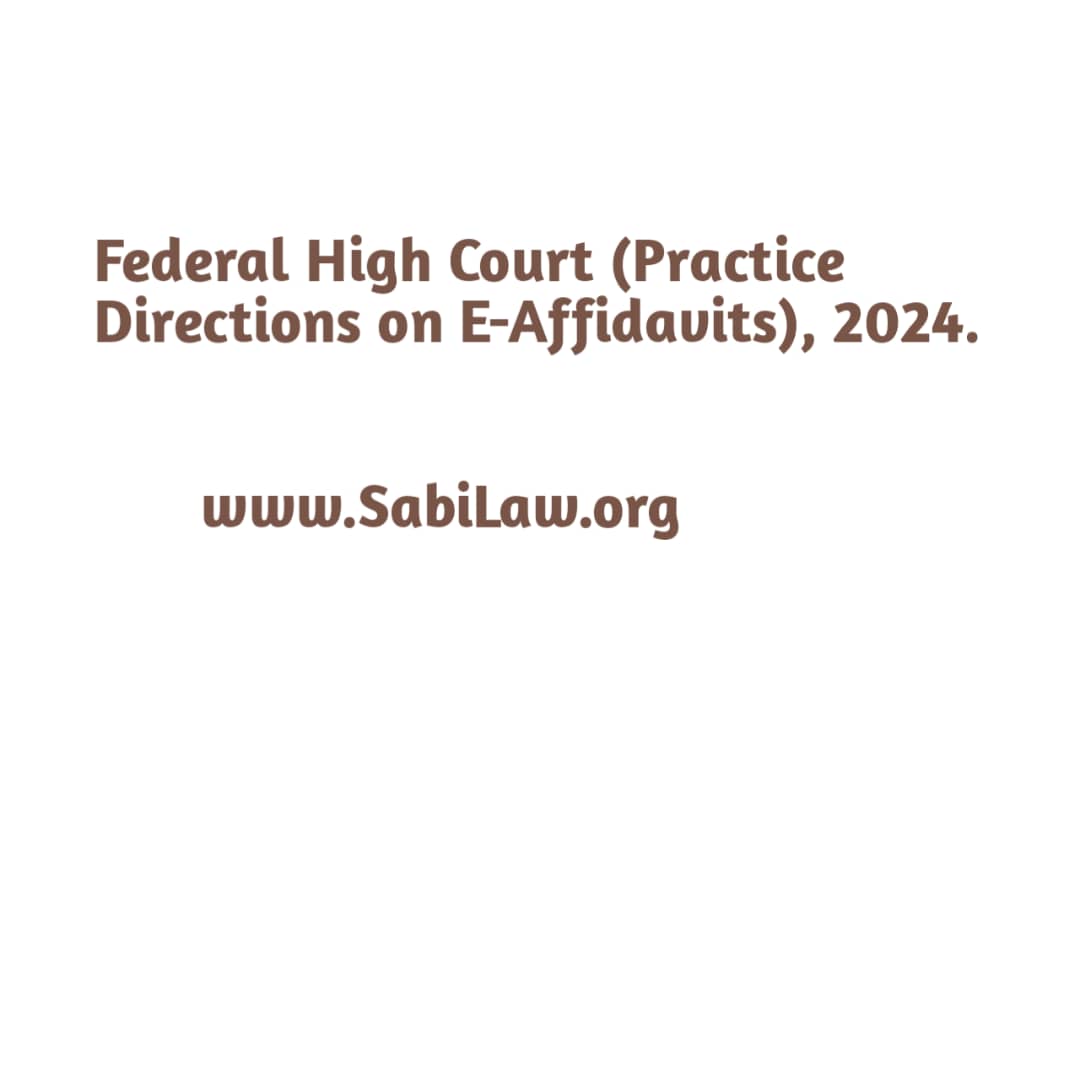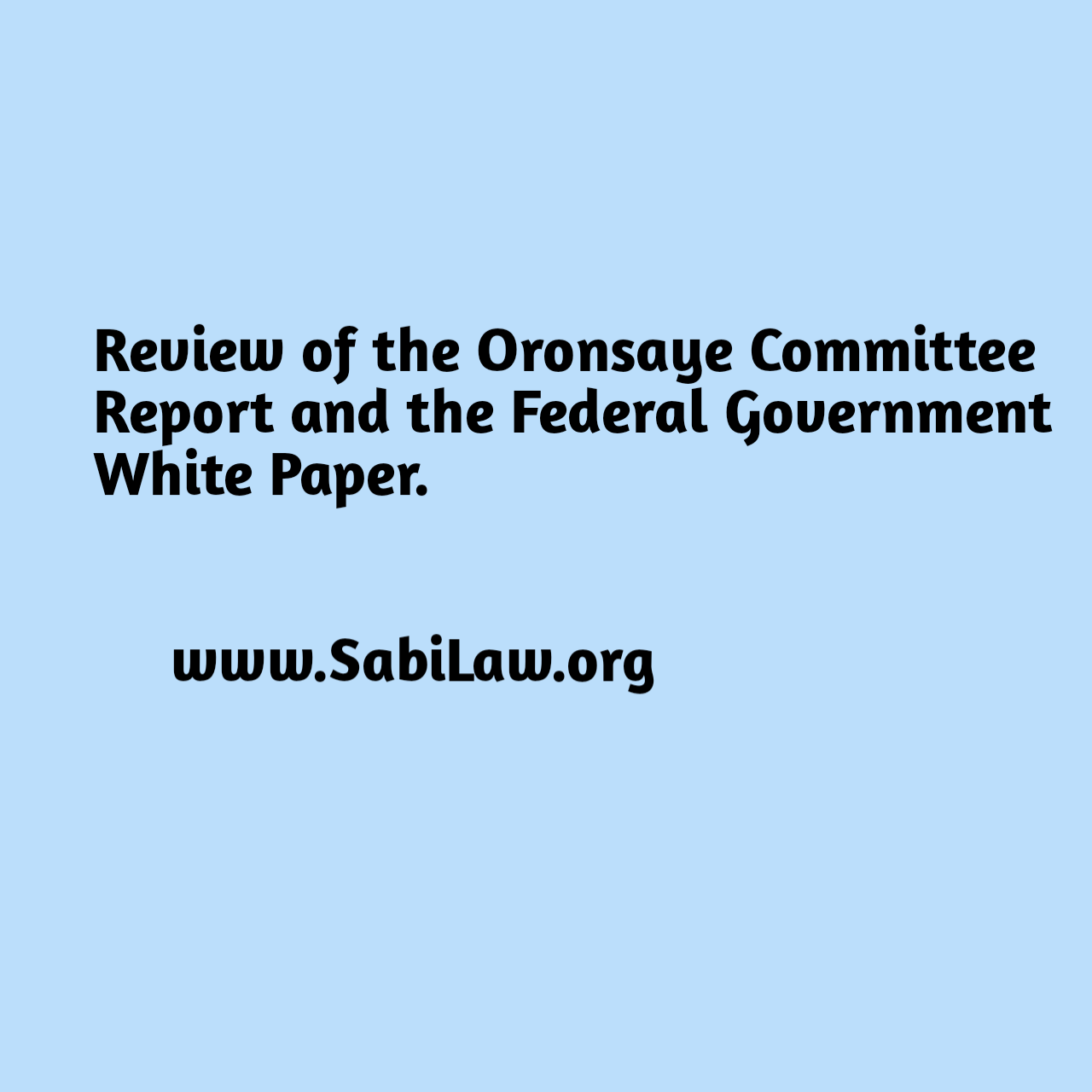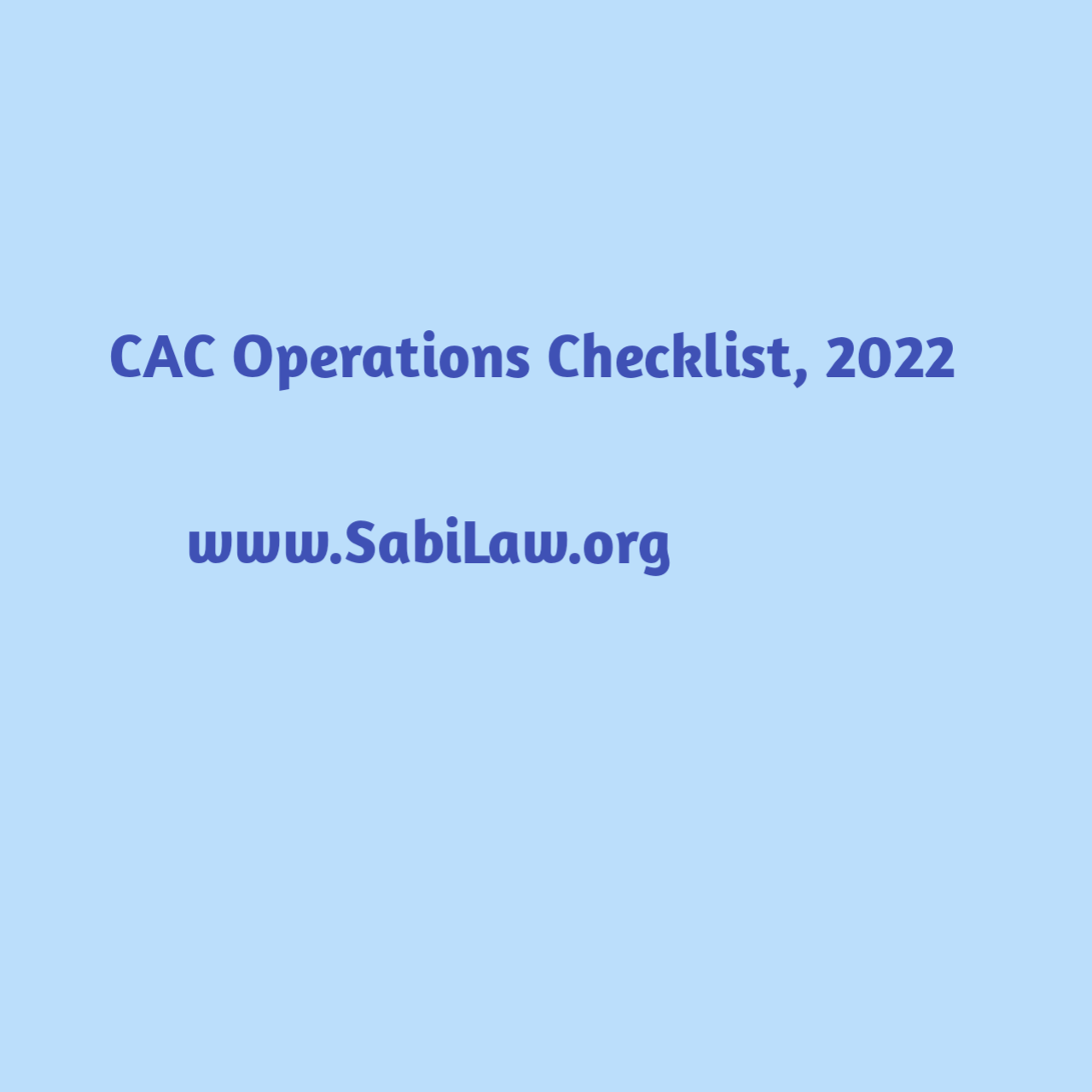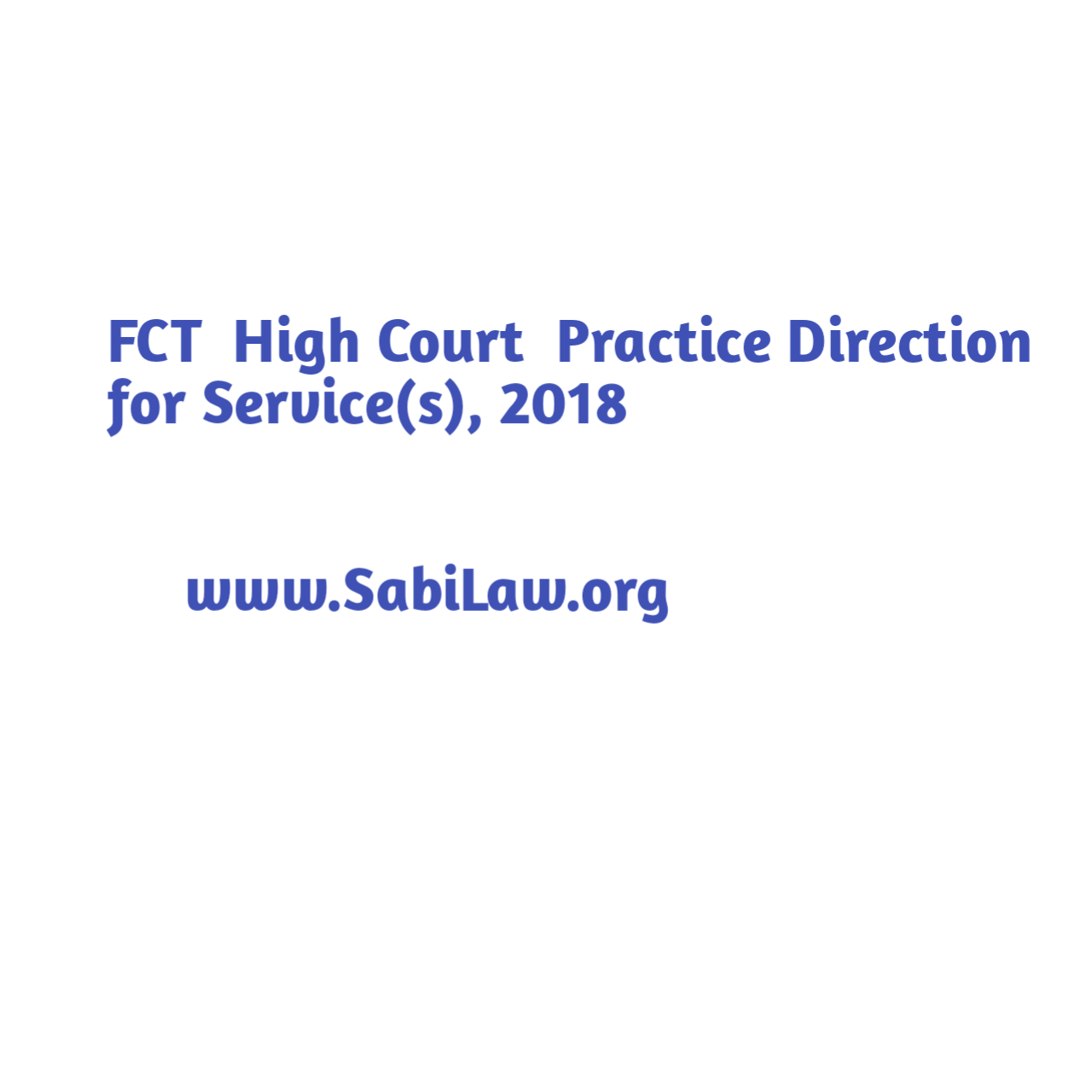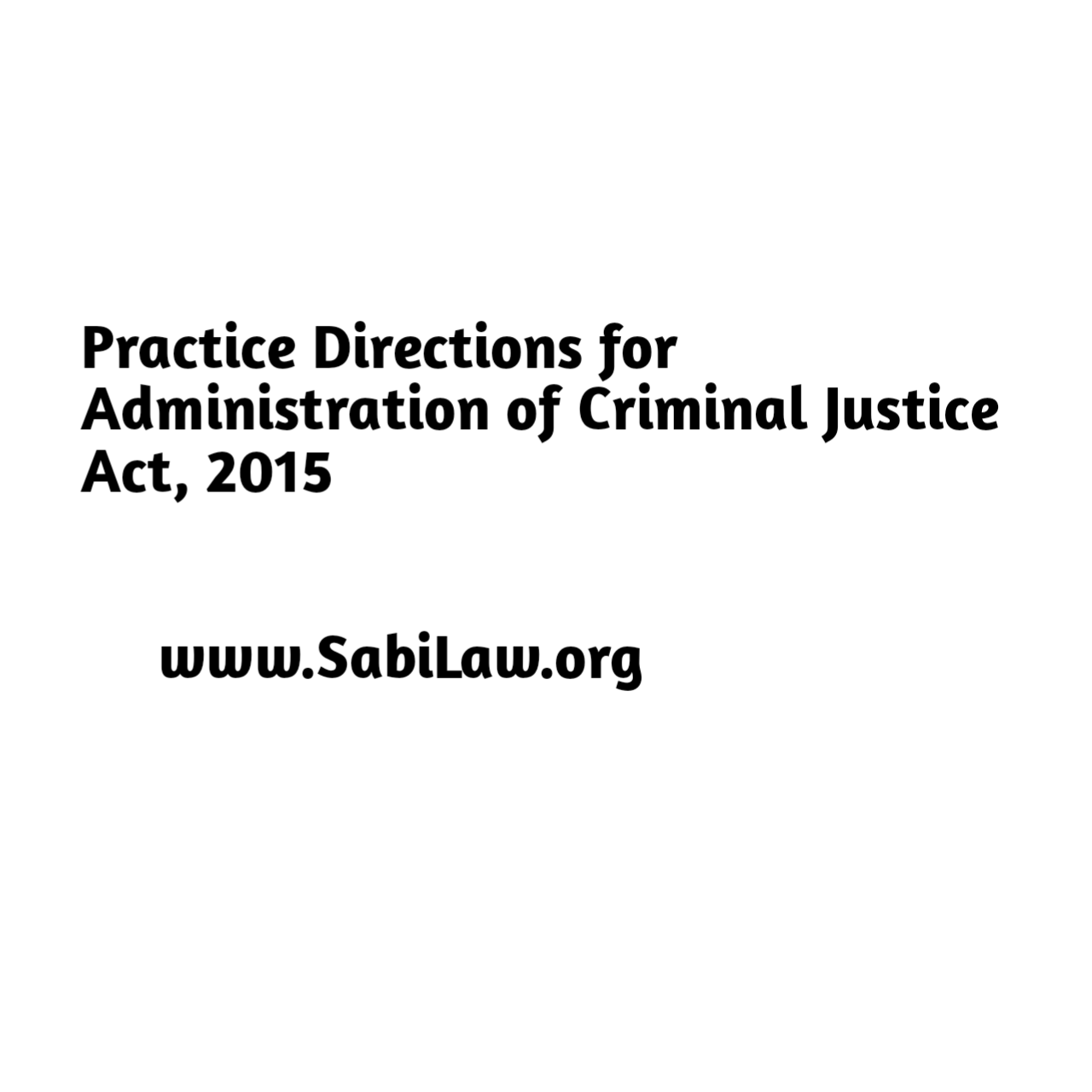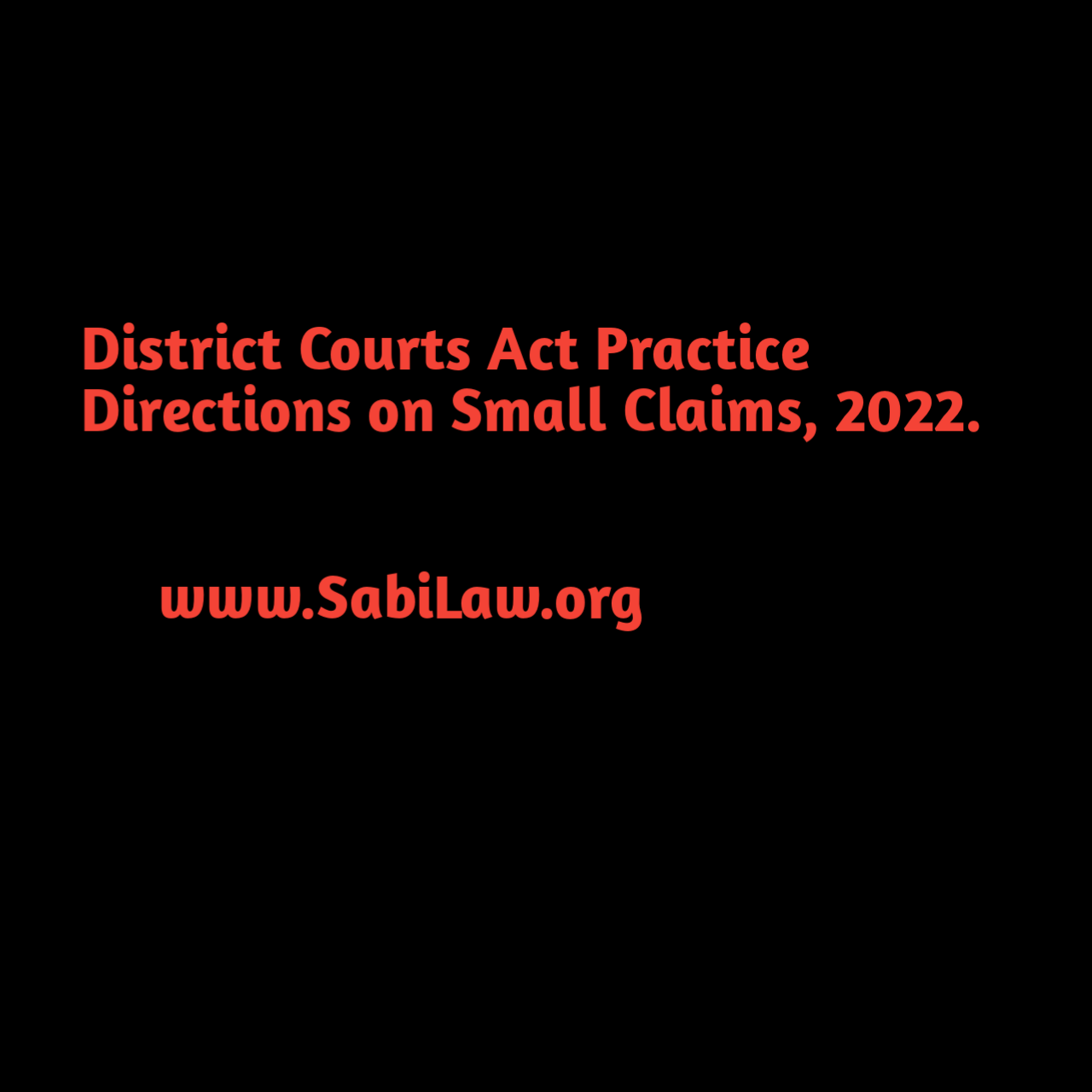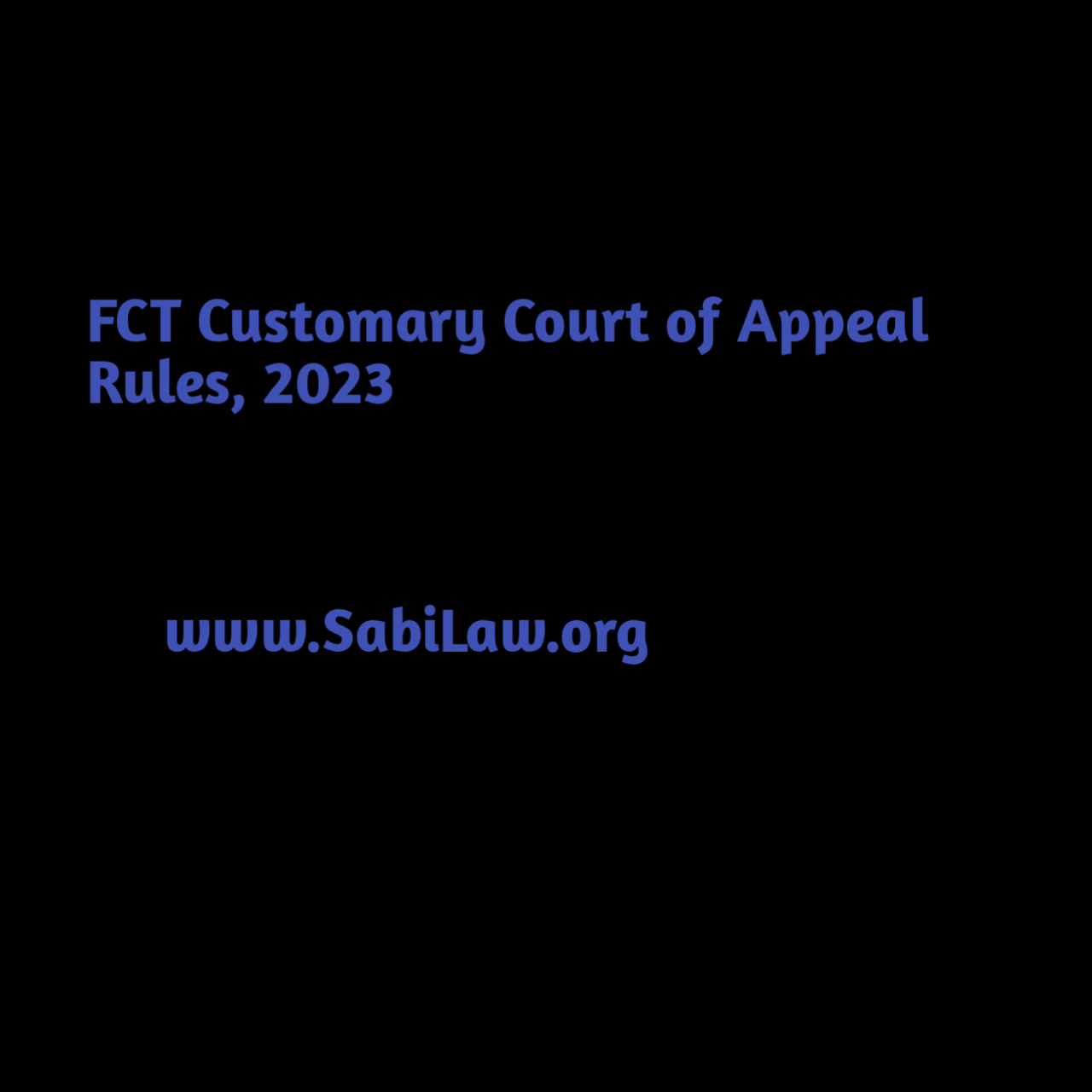Antimicrobial Resistance : Its Medical And Legal Vantage Point.
By Omotosho Oluwadamilola Marvellous And Ogunmola Hannah Ileriayoyo
ABSTRACT
A research undergone by WHO , declared that AMR is one of the top TEN global public health threats facing humanity. It threatens the effective prevention and treatment of an ever-increasing range of infections caused by bacteria, parasites, viruses and fungi .
Antimicrobials – including antibiotics, antivirals, antifungals and antiparasitics – are medicines used to prevent and treat infections in humans, animals and plants. Microorganisms that develop antimicrobial resistance are sometimes referred to as “superbugs”. It is the aim of this article to sensitize the masses on the causes ,effect and legal advise given to this subject matter.
INTRODUCTION
Antimicrobial resistance (AMR) is a global health and development threat. It requires urgent multisectoral action in order to achieve the Sustainable Development Goals (SDGs). It has emerged as one of the principal public health problems of the 21st century that threatens the effective prevention and treatment of an ever-increasing range of infections caused by bacteria, parasites, viruses and fungi no longer susceptible to the common medicines used to treat them.
AMR occurs naturally over time, usually through genetic changes. Antimicrobial resistant organisms are found in people, animals, food, plants and the environment (in water, soil and air). They can spread from person to person or between people and animals, including from food of animal origin. The main drivers of antimicrobial resistance include the misuse and overuse of antimicrobials; lack of access to clean water, sanitation and hygiene (WASH) for both humans and animals; poor infection and disease prevention and control in health-care facilities and farms; poor access to quality, affordable medicines, vaccines and diagnostics; lack of awareness and knowledge; and lack of enforcement of legislation.
However, it is said that the problem of AMR is especially urgent regarding antibiotic resistance in bacteria. Over several decades, to varying degrees, bacteria causing common or severe infections have developed resistance to each new antibiotic coming to market. Faced with this reality, the need for action to avert a developing global crisis in health care is imperative. It must be noted that ANTIMICROBIAL RESISTANCE is same with (=) ANTIMICROBIAL DRUG RESISTANCE.
MEDICAL SCRUTINY
ANTIMICROBIAL resistance is one of the three major threats to human health. It is a well-known fact that antimicrobials save lives. However, there has been an acceleration of resistance when the microbes are pressured to adapt. All classes of microbes can develop resistance. Fungi evolve antifungal resistance. Viruses evolve antiviral resistance. Protozoa evolve antiprotozoal resistance, and bacteria evolve antibiotic resistance. To be precise, antimicrobial resistance doesn’t mean the body is resistant to antimicrobials, but that the microbe causing the infection is resistant to the treatment.
Basically, the misuse and overuse of drugs are the major drivers in the development of drug-resistant pathogens. Ranging from inappropriate choices to inadequate dosing and poor adherence to treatment guidelines, antibiotic resistance keeps on increasing, all with gradual changes in the normal microbiota of the body,
First of all, there is a need to understand how antimicrobial drugs act normally. One of which is selective toxicity. An ideal antimicrobial agent exhibits selective toxicity, which means that the drug is harmful to a pathogen without being harmful to the host.Inhibition of cell membrane synthesis and function is also a means through which antimicrobial drugs act. The cytoplasm of all microbes are bounded by the cytoplasmic membrane, which serves as a selective barrier thus controlling the internal composition of their cell. If the functional integrity of the cytoplasmic membrane is disrupted, macromolecules and ions escape from the cell, and cell damage or death of microbe ensues.
In addition, by inhibition of protein or nucleic acid synthesis, a microbe can be destroyed. Since the chemical composition and functional specificities of a microbial cell is sufficiently different from a mammalian cell, this explains why antimicrobial drugs can inhibit protein synthesis in bacterial ribosomes without having a major effect on mammalian ribosomes.
One would expect that with this, no form of resistance will ensue. Still, the reverse is the case.
Curious as to how this occurs?
Microbials develop defense strategies called resistant mechanisms. When already hard-to-treat germs have the right combination of resistance mechanisms, it can make antimicrobials ineffective, resulting in untreatable infections. Alarmingly, resistant microbes can share their resistance mechanisms with other germs that have not been exposed to antibiotics.
Besides, microorganisms can change their permeability to the drug. This is by developing an altered metabolic pathway that bypasses the normal reaction inhibited by the drug. In some cases, an altered enzyme that can still perform its metabolic function can be developed, which is much less affected by the drug.
Moreover, some microorganisms can produce enzymes that destroy an active drug. Examples: Staphylococci resistant to penicillin G produce a β-lactamase that destroys the drug. Also, Klebsiella pneumoniae bacteria produce enzymes called carbapenemases, which break down carbapenem drugs and most other beta-lactam drugs.
By the way, changing the targets for the drug can occur. Using bacteria as a case study, antibiotic drugs are designed to single out and destroy specific parts of a bacterium. The antibiotic’s target can be changed and then the drug can no longer find and do its job. Germs change or destroy the antibiotics with enzymes, and proteins that break down the drug, getting rid of the antibiotic.
Antimicrobials can as well be restricted access by changing entryways or reducing the number of entryways to a microbial cell.
“For every problem, there is always a root cause”, so they say. People’s influence is a significant contributing factor in the occurrence of antimicrobial resistance. If a person does not complete a course of antimicrobial drugs, some microbes may survive and develop resistance to the drug. Resistance can also develop if people use drugs for conditions that they cannot treat. Such can be seen in cases where people sometimes take an antibiotic for a viral infection.
Furthermore, antimicrobial resistance can be conferred on a specie of organism by another specie. Such is the case of animals fed with antibiotics which cross contaminates the human world when we feed on their meat. Microorganisms resistant to a certain drug may also be resistant to other drugs that share a mechanism of action. Such relationships exist mainly between agents that are closely related chemically. Or that have a similar mode of binding or action e.g, macrolides and lincomycins.
Moving further, the impact of antibiotic resistance in terms of mortality and the public health cost is quite difficult to estimate. Modern medicine depends on the availability of effective antibiotic drugs such as chemotherapy for cancer treatment, organ transplantation, hip replacement surgery, intensive care for pre-term newborns, and many more. In fact, infections caused by multidrug-resistant bacterial strains are among the main factors influencing morbidity and mortality in patients undergoing these procedures. More alarmingly, the infections they cause are harder to treat than those caused by non-resistant bacteria.Increased resistance leads to elevated costs associated with more expensive antibiotics, as well as the need for more specialised equipment, longer hospital stays, and isolation procedures for the patients. When infections become resistant to first-line antimicrobials, treatment has to be switched to second or third-line drugs, which are nearly always more expensive.
Why should there be a sound of alarm? It’s because, without effective antimicrobials, the success of modern medicine will be at increased risk.
Like David Cameron, former UK Prime Minister once said, “If we fail to act, we are looking at an almost unthinkable scenario where antibiotics no longer work and we are cast back into the dark ages of medicine”
An alternative treatment gotten by combinations of different medications, known as multiple-drug therapy can be used to combat resistant microbes.
Research has shown that monoclonal antibodies can help in combating the effects of the toxins that the microbes produce. The influence of vaccines too should not be underestimated, especially since they can go a long way in preventing the occurrence of an infection.
LEGAL SCRUTINY
However, the universal ambit of antimicrobial resistance is a pointer to the fact that an integrated strategy operating at both the national and international legal levels is needed. Such an integrated strategy faces political and legal challenges. International legal harmonization of principles for prudent antimicrobial drug use will have to include monitoring and enforcement, as well as financial, technical, and legal assistance by industrialized countries to developing countries.
The international legal strategy needed will be difficult to create. WHO’s limited powers to adopt regulation do not seem to extend to creating regulations regarding the use of drugs. WHO has not, for example, proposed revising the International Health Regulations to rationalize the use of antimicrobial drugs. WHO has authority to adopt a convention on the use of antimicrobial drugs but it has not done so . Lessons from international environmental efforts suggest that international law must play a major role in setting international standards for implementation domestically and creating the political, technical, and financial conditions necessary to integrate international and national law.
Obviously, realistic national strategies confront legal and political hurdles. In the United States, state legislatures probably have the power to regulate how physicians prescribe antimicrobial drugs, but any attempt to legislate more rational use of drugs might evoke negative reactions from physicians and their medical associations, who might oppose the government’s efforts to interfere with their professional judgment . If formal legislative regulation would not prove feasible, an alternative would be self-regulation by the medical and veterinary professions through practice guidelines, for example A peer review process to monitor antimicrobial drug use has also been recommended . Managed care organizations may be included in the effort to control misuse of antimicrobial drugs, given their power and economic incentives to curb such misuse by physicians.
Strategies to address antimicrobial resistance as a public health and legal challenge must consider three levels of interdependence: among the antimicrobial drug surveillance, use, and R&D components of the public health strategy; among the levels of law—national and international; and between the public health and legal aspects of dealing with antimicrobial resistance.
Each element of the public health strategy against antimicrobial resistance affects and depends on the other elements. Because antimicrobial resistance is a global problem, national legal reforms taken in one or a few countries would suffer if other countries did not take similar actions. For example, since drug resistant pathogens travel easily in today’s world, national legal reforms to rationalize antimicrobial use in a few countries might be subverted if such misuse is not curtailed in many other countries.
A blueprint to address antimicrobial resistance as a public health and legal challenge must consider three levels of interdependence: among the antimicrobial drug surveillance, use, and R&D components of the public health strategy; among the levels of law—national and international; and between the public health and legal aspects of dealing with antimicrobial resistance. Each element of the public health strategy against antimicrobial resistance affects and depends on the other elements. More rational use of antimicrobial drugs and increased R&D depend on accurate surveillance.
Confronting antimicrobial resistance requires not only a scientific and public health strategy but also a legal strategy. Including law in the developing discourse will broaden and strengthen the strategy for combating antimicrobial resistance.
CONCLUSION
It must be well noted and put into our conciousness that creation of new international legal duties would likewise be undermined if such duties were not translated into national law. Thus, any legal strategy against antimicrobial resistance must be pursued at both the national and international levels. An effective change is up to us. A wise man once said that the root cause of all the problems we have in the world today is ignorance. It is crystal clear that new antimicrobials are needed. However, if people do not change the way they use drugs, the new ones will suffer the same fate as the old ones. Here comes the need for proper sensitization of people on the appropriate use of antimicrobial drugs. Without any iota of doubt, the risk of antimicrobial resistance will be drastically reduced.
REFERENCE
[1] WHO ‘Antimicrobial resistance’ (World health organization, 17, November, 2021) <https//:www. int/who. com> accessed 11 May 2022
[2] PFidler David, ‘Legal Issues Associated with Antimicrobial Drug Resistance’ (Indiana University School of Law, Bloomington, Indiana, USA, 2021) <http://jstor. com> accessed 11 May 2022
[3] https://www.pdfdrive.com/jawetz-melnick-adelbergs-medical-microbiology-28th-edition-e200782660.html
[4] https://www.medicalnewstoday.com/articles/283963A
[6] https://www.cdc.gov/drugresistance/about/how-resistance-happens.html
[7] https://www.ncbi.nlm.nih.gov/pmc/articles/PMC4768623/
ABOUT US
@ OMOTOSHO DAMILOLA MARVELLOUS
A noble student of the prestigious Faculty of law ,Adekunle Ajasin University, Akungba Akoko in Ondo state. He is a Fervid article writer on Law encompassing Scientific fields, for instance SPACE LAW, ENVIRONMENTAL LAW, ELECTRICITY LAW, HEALTH LAW, MEDICAL LAW,ENERGY LAW AND SO ON He can be reached via
omotoshomarvellous57@gmail.com
@ OGUNMOLA HANNAH ILERIAYO
She is a writer who is skilled at conveying not just messages, but emotions through words. She has always loved writing and she perfectly fits her medical knowledge into her articles. You can be rest assured of fascinating and insightful articles, as long as you watch out for her contents.All in all, Hannah’s write-ups are a perfect description of engaging, lucid and enlightening. ogunmola.hannah01@gmail.com
****************************************************************************************
This work is published under the free legal awareness project of Sabi Law Foundation (www.SabiLaw.org) funded by the law firm of Bezaleel Chambers International (www.BezaleelChambers.com). The writer was not paid or charged any publishing fee. You too can support the legal awareness projects and programs of Sabi Law Foundation by donating to us. Donate here and get our unique appreciation certificate or memento.
DISCLAIMER:
This publication is not a piece of legal advice. The opinion expressed in this publication is that of the author(s) and not necessarily the opinion of our organisation, staff and partners.
PROJECTS:
🛒 Take short courses, get samples/precedents and learn your rights at www.SabiLaw.org
🎯 Publish your legal articles for FREE by sending to: eve@sabilaw.org
🎁 Receive our free Daily Law Tips & other publications via our website and social media accounts or join our free whatsapp group: Daily Law Tips Group 6
KEEP IN TOUCH:
Get updates on all the free legal awareness projects of Sabi Law (#SabiLaw) and its partners, via:
YouTube: SabiLaw
Twitter: @Sabi_Law
Facebook page: SabiLaw
Instagram: @SabiLaw.org_
WhatsApp Group: Free Daily Law Tips Group 6
Telegram Group: Free Daily Law Tips Group
Facebook group: SabiLaw
Email: lisa@sabilaw.org
Website: www.SabiLaw.org
ABOUT US & OUR PARTNERS:
This publication is the initiative of the Sabi Law Foundation (www.SabiLaw.org) funded by the law firm of Bezaleel Chambers International (www.BezaleelChambers.com). Sabi Law Foundation is a Not-For-Profit and Non-Governmental Legal Awareness Organization based in Nigeria. It is the first of its kind and has been promoting free legal awareness since 2010.
DONATION & SPONSORSHIP:
As a registered not-for-profit and non-governmental organisation, Sabi Law Foundation relies on donations and sponsorships to promote free legal awareness across Nigeria and the world. With a vast followership across the globe, your donations will assist us to increase legal awareness, improve access to justice, reduce common legal disputes and crimes in Nigeria. Make your donations to us here or contact us for sponsorship and partnership, via: lisa@SabiLaw.org or +234 903 913 1200.
**********************************************************************************




